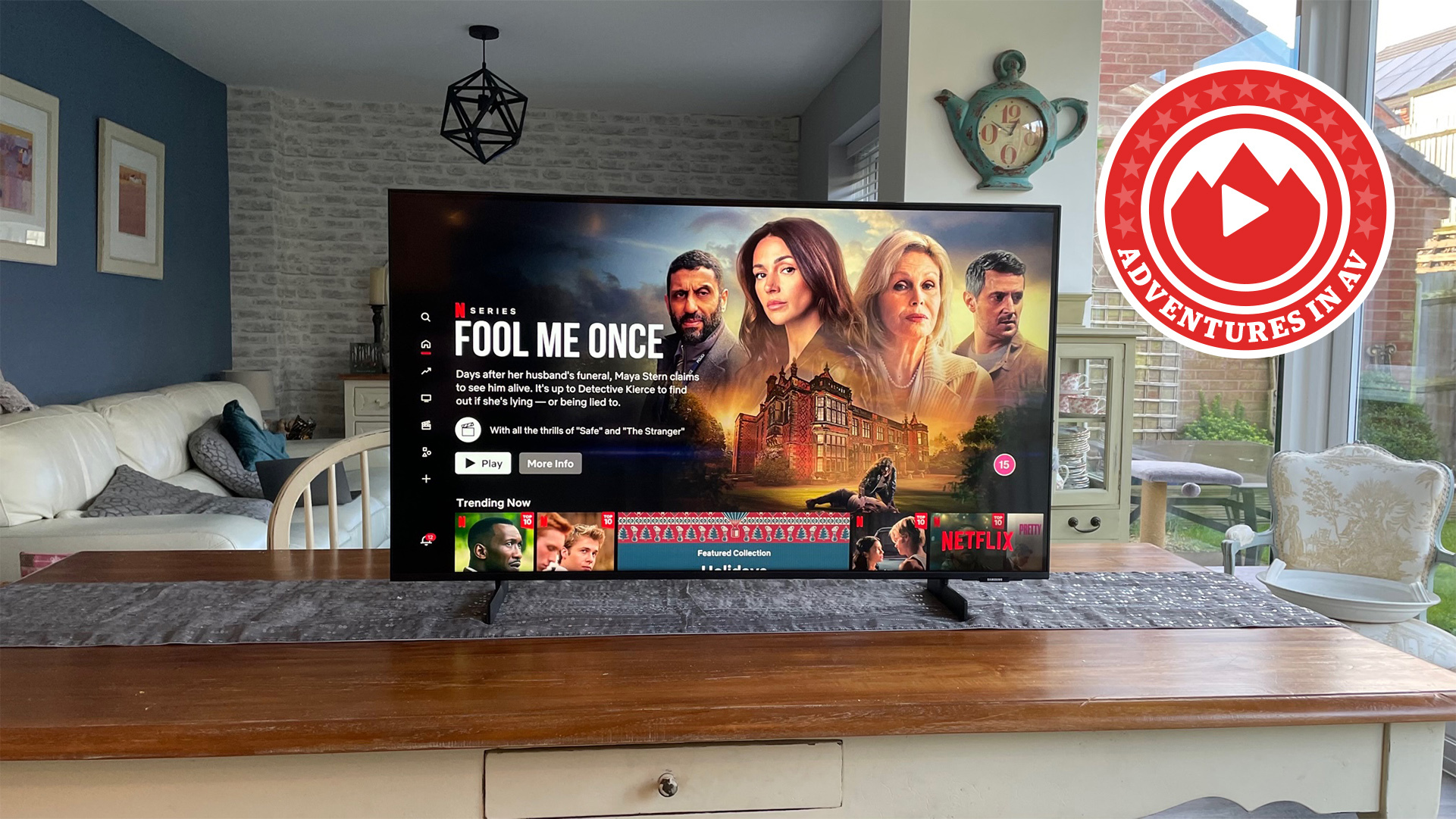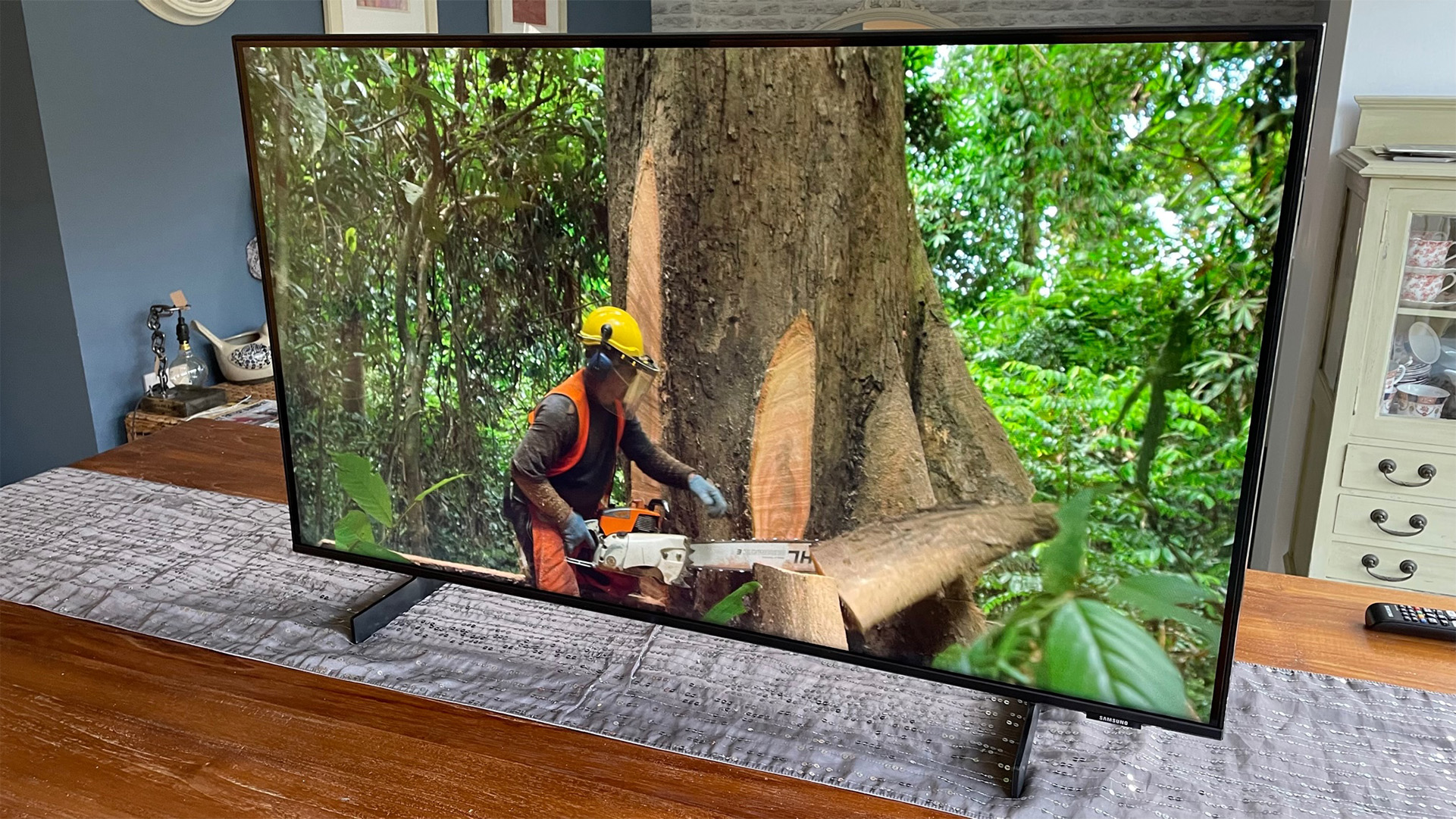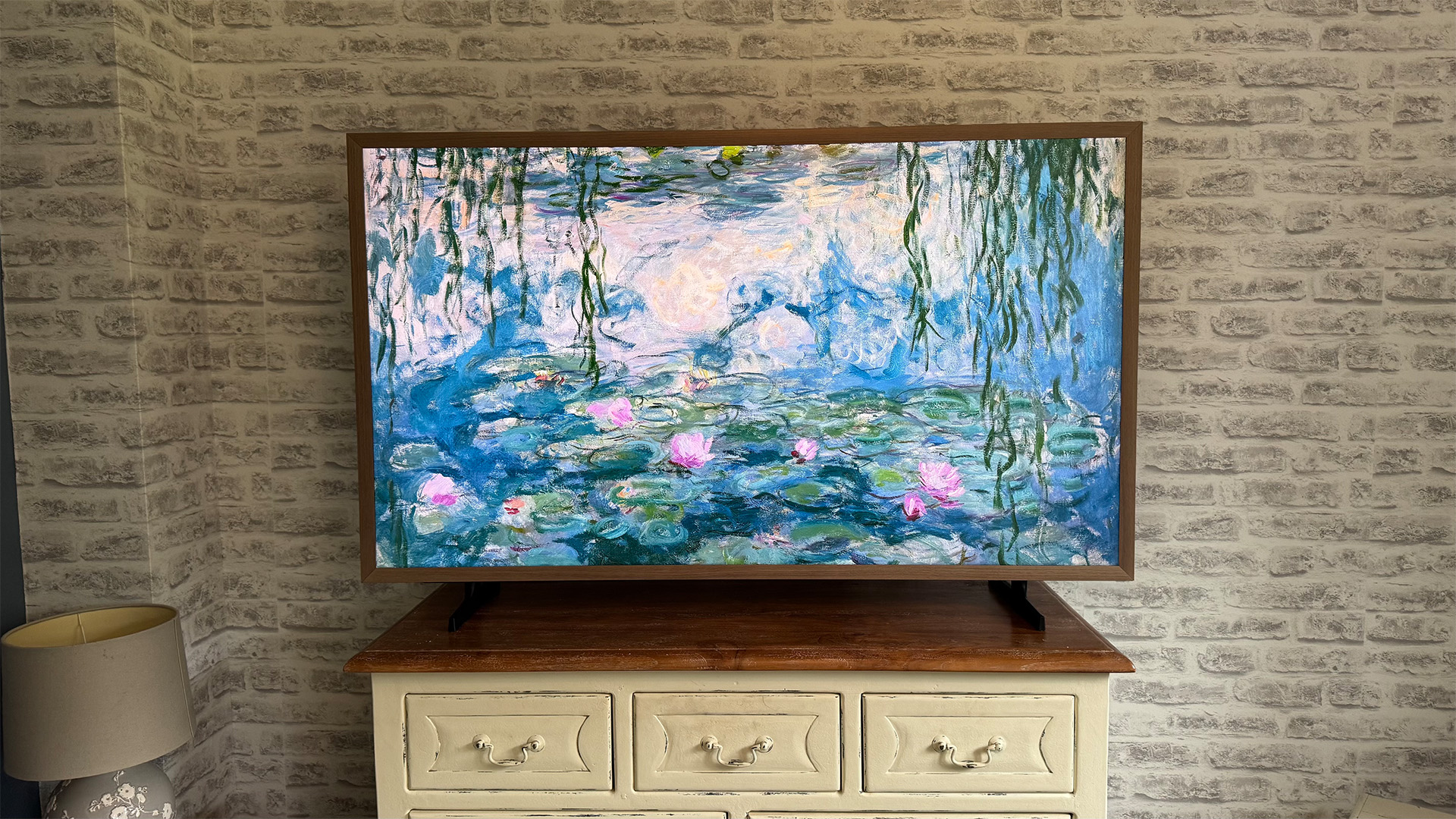Dear Samsung, Sony and LG – please start paying attention to cheap TVs as well as OLEDs
We all love a good flagship OLED, but we’re going through a cost-of-living crisis at the moment

The TV market is currently at something of a crossroads. This is mainly because there is a multiple-front war raging at the top end of the market.
The big one you’ll see in the What Hi-Fi? headlines is the battle for control of the future of OLED raging between LG and Samsung.
I'm talking specifically about LG with its Micro Lens Array (MLA) and Samsung with its QD-OLED panel tech. You can get a detailed breakdown of how the two technologies work in the linked explainer pages, but the short version is that both have the same aim – to boost OLED panels’ max brightness levels.
And, having tested MLA sets such as last year’s LG G3 and Panasonic MZ2000 against the competing QD-OLED powered Samsung S95C and Sony A95L, we can confirm it is a very close race. During our tests, both technologies offered noticeable boosts to max brightness levels and have the potential to radically improve OLED TVs’ performance.
The battle’s set to continue this year with next-generation flagships such as the LG G4, Philips OLED909, Panasonic Z95A and Samsung S95D, which were unveiled at the CES 2024 in Las Vegas in January.
If you want to go even more next-gen, there’s also the looming presence of Micro LED, a new screen technology with the potential to dethrone OLED as the go-to panel tech at the top end of the market. Be warned, though, that Micro LED TVs still cost the same as a down-payment on a house. The price is a key reason Philips senior director of product strategy, Danny Tack, told us the tech belongs in a lab, not a lounge, at least for the moment, during an interview last year.
This is all very exciting but, for me, there’s one big problem: none of the innovation seen in the top end of the market is trickling down to affordable sets.
Get the What Hi-Fi? Newsletter
The latest hi-fi, home cinema and tech news, reviews, buying advice and deals, direct to your inbox.
At What Hi-Fi? we always test products with performance-per-pound (or bang-for-buck if you’re in the US) in mind. We also endeavour to review as many affordable sets as possible as we’re well aware there’s a cost of living crisis going on and most people don’t have multiple thousands to splash on a new top-end OLED.
But, recently, as you’ll see in our best cheap TVs guide, we’ve struggled to find good performers at this price. Take, for example, our recent review of the Samsung CU8000. At a glance, this looks like a great value set, featuring a slick design, a surprisingly powerful processor and an enticing sub-£400/$400 price tag.

However, our extensive testing proved that it’s not a good performer in the real world. It delivered a home cinema experience rife with substantial backlight clouding issues, lightweight sound and HDR clipping during our tests.
The same was true when we tested the Hisense 50A6KTUK, which delivered a picture full of black-level issues, limited viewing angles and terrible colour accuracy. This again makes it hard to recommend, even at its very low price.
What’s worse is that these sets are actually worse than the cheap models we were reviewing a few years ago. Samsung, in fact, used to rule the roost at the budget end of the TV market. It's not all down to Samsung though. The broader point is that budget TV quality hasn't simply stagnated – it's got worse.
There are some very notable exceptions, such as the Amazon Fire TV Omni QLED, which is our current recommended cheap set and the only one in recent memory to score a perfect five stars – but that still costs around £500 / $500, which is a stretch for many homes.
I’ve detailed my ongoing dream for OLED’s price to drop down to the affordable £500 / $500 mark many times over, but based on our recent experience reviewing affordable TVs, I’d settle for a basic LCD capable of delivering good picture quality over this apparent pipe dream.
Hopefully, the powers that be at TV companies will see this and focus on the affordable end a little more this year. If not, I can’t help but feel they’re being a little tone-deaf to the current state of the world…
Myself and the team at What Hi-Fi? will continue to hunt for the diamond in the rough regardless. But if any of you, our dear readers, have a set you think could deliver the results we’re looking for then please make sure to get in touch with us on social media or via our forums and we’ll endeavour to get it in for testing.
MORE:
These are the best 50-inch TVs we’ve tested
Check out our picks of the best 65-inch TVs
Got cash to spare? These are the best OLED TVs on the market

Alastair is What Hi-Fi?’s editor in chief. He has well over a decade’s experience as a journalist working in both B2C and B2B press. During this time he’s covered everything from the launch of the first Amazon Echo to government cyber security policy. Prior to joining What Hi-Fi? he served as Trusted Reviews’ editor-in-chief. Outside of tech, he has a Masters from King’s College London in Ethics and the Philosophy of Religion, is an enthusiastic, but untalented, guitar player and runs a webcomic in his spare time.
-
NOldrini Agree completely. Two generations of the family have always bought Sony TVs ever since my dad brought home the first Trinitron. Sony's high-end products have always been stunning but lower-end have always been excellent value for the discerning but not-obscenely-rich buyer. Now, for the first time ever in over 40 years, my parents have had to deviate because Sony have completely priced themselves out of the market. We'd like to go 4K and increase size as subtitles are becoming difficult to see for some members of the family but, again, there is no way we can justify the ludicrous prices Sony are charging. You mentioned that there is no trickle-down of features to the budget end of the market but perhaps the problem is that there is no stability in the technology: new and frankly unnecessary "features" are being added at such a high rate that models simply don't stick around as long. That must make it difficult to achieve economies of scale that used to be available.Reply
One of the older "features" they could do with bringing back is a decent set of speakers... -
Stevy68 Still, finding a good budget TV still is easier than finding great content to watch on it these days.Reply -
BrokerMan I bought a Panasonic tx32et5b over 10 years ago and was the best purchase made ever. Built back in the day when 3D content was all the rage it had a 100hz panel which could upscale to 200hz for 3D content and provided a perfect picture regardless of what you were watching. 4HDMI ports completed an excellent spec. It lasted just over 7 years before the panel failed and as with most things no replacement parts were available.Reply
When looking around for a replacement, there were nothing but 50hz panels available with a couple of HDMI ports (3 if you were lucky on LG) and very poor picture quality.
Had to settle for a 43 inch Sony with a 100hz panel bit is too large for my living room and has dubious picture quality and buggy software.
It is about time the likes of Samsung, Sony and LG had a rethink and provided quality LCD/LED panels at the smaller end of the market (40 inch and smaller) instead of thinking we all have living space to accommodate their 55 inch and bigger monstrosities. -
Geoff-W I also agree completely. The cabal of Samsung, Sony and LG seemingly want us to buy huge TV's at massive prices. Not everyone, myself included, can accommodate anything bigger than 48" despite having a large lounge. Wall mounting is not an option for me. My other bugbear is the downgrading of specifications in the smaller sized TV's, whereby a smaller TV will be less bright, have a slower processor and a generally poorer performance overall.Reply -
Corpus_Chain It's pretty confusing to hear that TV picture at the low end has got worse. How on Earth does that happen?Reply
This is one of the things that confuses me about technology. Why not have low end TVs simply be older designs that have trickled down from previous high-end models, or simply use old low-end designs? Are you really telling me that if I spent £400-500 on a low-end TV, I'd have a worse picture than my 15 year old Philips LCD? -
A_l_O The pertinent question is what is "affordable" - if you're looking at a £ 400 TV.Reply
Not so many years ago (early 1990s) a branded 21" mono TV from the likes of Panasonic or Sony would have set you back £400, a 25" with NICAM stereo from the same brands would have given you a bill of nearer £ 600.
Now that £ 400 of 1990 is £ 1139 in 2024 terms, and the £ 600 is £ 1709 in 2024.
The £ 400 of today was about £ 150 back in 1990 and that would have bought you a 14" colour portable, or just maybe an basic, remote control, 'own brand' / unbranded set.
So the complaint that "oh £ 400 TVs aren't very good" is a bit wide of the mark - you're looking at over 40" LCDs with Smart functionality on board for the real terms cost of a basic portable TV 30 years ago.
To look at NOldrini's point - Sony have made a conscious decision to abandon the lower price points. The profit simply isn't there on £ 300 / £ 400 TVs at the quality they want to produce. Perhaps it's unrealistic to expect a Sony quality of product for so little money ?
